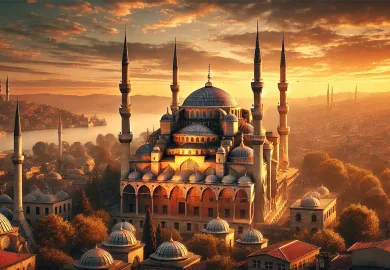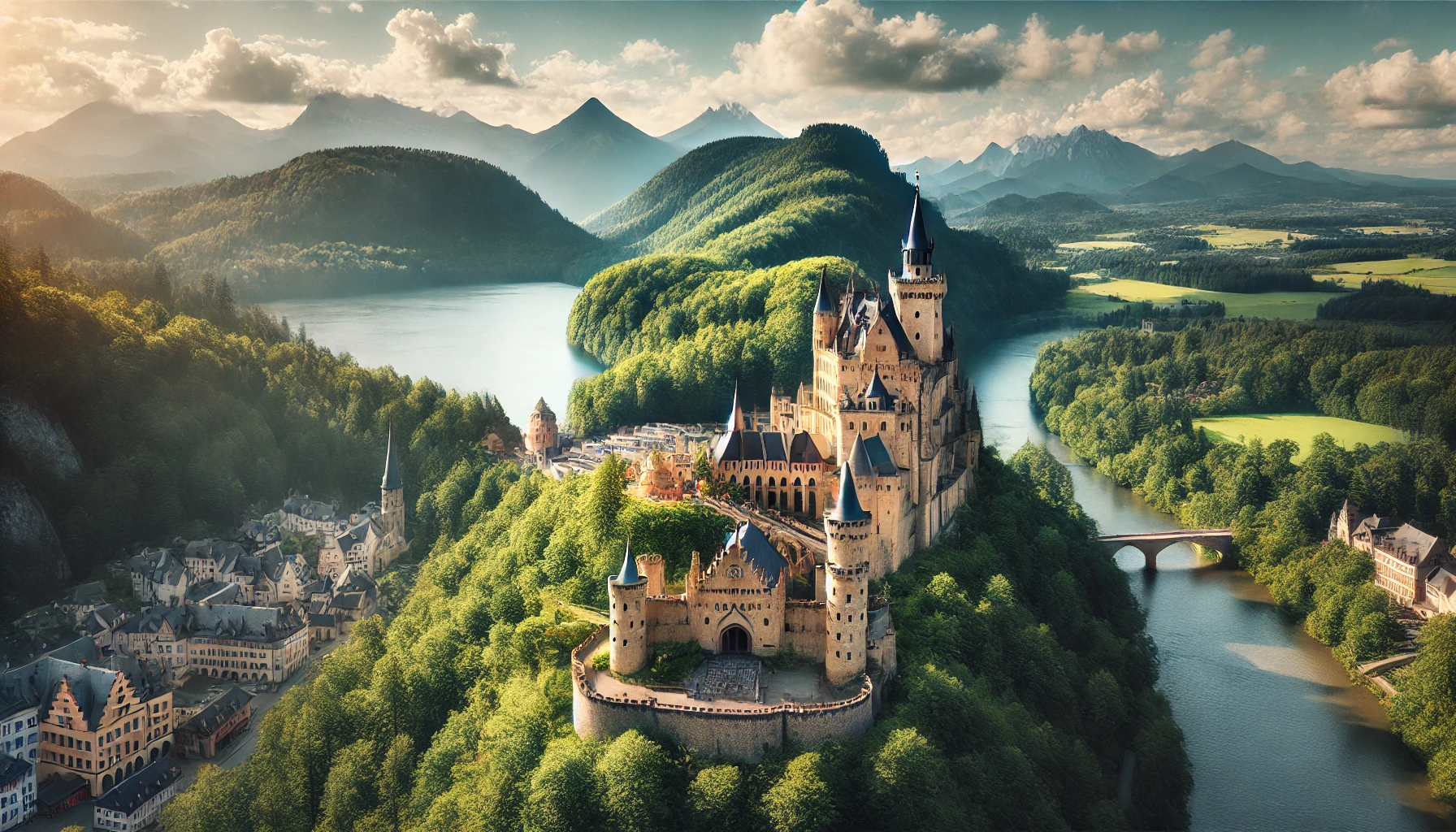
Germany, with its rich and storied past, offers travelers the unique opportunity to step back in time by exploring its many iconic castles. These architectural marvels, scattered across the picturesque landscapes of the country, have stood the test of time, bearing witness to centuries of history, legends, and cultural shifts. Whether perched on a hill overlooking a river or nestled within a dense forest, each castle in Germany holds a story that captivates visitors from around the globe. In this guide, we’ll take you through some of the most remarkable castles in Germany, exploring their history, architectural splendor, and the role they played in shaping the nation’s heritage.
Neuschwanstein Castle: The Fairy-Tale Icon of Bavaria
Neuschwanstein Castle, often regarded as the most famous castle in the world, stands as a testament to the whimsical dreams of King Ludwig II of Bavaria. Nestled in the Bavarian Alps, near the village of Hohenschwangau, this 19th-century Romanesque Revival masterpiece attracts millions of visitors annually, and it’s easy to see why.

King Ludwig II, sometimes referred to as the “Mad King,” commissioned Neuschwanstein in 1869 as a retreat and homage to the operas of composer Richard Wagner, whose works deeply inspired the king. Despite its medieval appearance, Neuschwanstein is a relatively modern castle, featuring advanced technologies for its time, such as running water and flushable toilets. Ludwig’s vision was to create an idealized version of a knight’s castle, drawing influences from fairy tales and myths.
While the exterior of the castle is breathtaking, the interiors are equally awe-inspiring. Visitors can explore richly decorated rooms such as the Throne Hall, adorned with gilded sculptures and murals, and Ludwig’s bedroom, featuring elaborate wood carvings. The castle’s setting, overlooking the lush forests and sparkling lakes of the Bavarian Alps, only adds to its dreamlike quality.
Hohenzollern Castle: A Hilltop Fortress with Royal Legacy
Hohenzollern Castle, perched atop Mount Hohenzollern in Baden-Württemberg, is another castle with an extraordinary history and striking appearance. This castle is the ancestral seat of the Hohenzollern family, who were once one of the most prominent royal families in Germany. The current structure, which was built in the mid-19th century, is the third iteration of the castle, following two previous versions that were destroyed by war and weather.
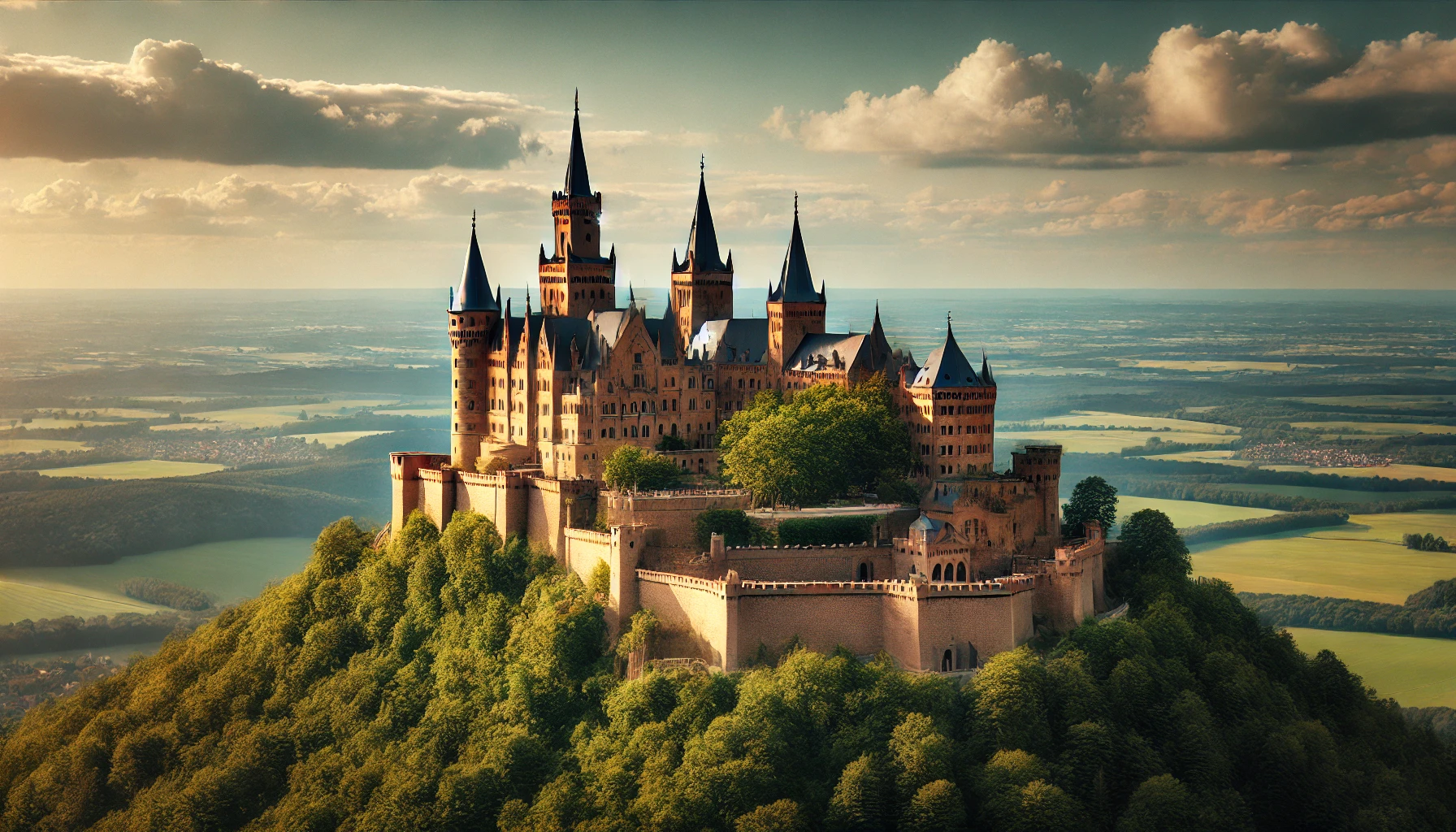
The castle’s Gothic Revival style evokes a sense of grandeur and military might, and its strategic location atop a mountain provides stunning panoramic views of the surrounding countryside. For centuries, Hohenzollern Castle played a critical role in protecting the family’s interests and served as a symbol of their power. It’s not just the architecture that impresses visitors; inside, the castle is filled with artifacts from the Hohenzollern dynasty, including royal crowns, weapons, and artwork.
Hohenzollern Castle also has a mystical atmosphere. Many visitors have reported sightings of a ghostly figure known as “The White Lady,” who is said to haunt the castle’s halls. This, combined with the breathtaking views and historical importance, makes Hohenzollern a must-visit for anyone interested in Germany’s royal past.
Heidelberg Castle: A Ruined Beauty in the Heart of the Neckar Valley
Heidelberg Castle, with its romantic ruins and magnificent Renaissance architecture, is one of Germany’s most iconic landmarks. Situated on a hillside overlooking the town of Heidelberg and the Neckar River, this castle has long inspired poets, artists, and visitors alike. Despite being partially destroyed by war, lightning strikes, and fires, the castle remains a symbol of Germany’s cultural heritage and an essential stop for travelers exploring the country’s historic sites.
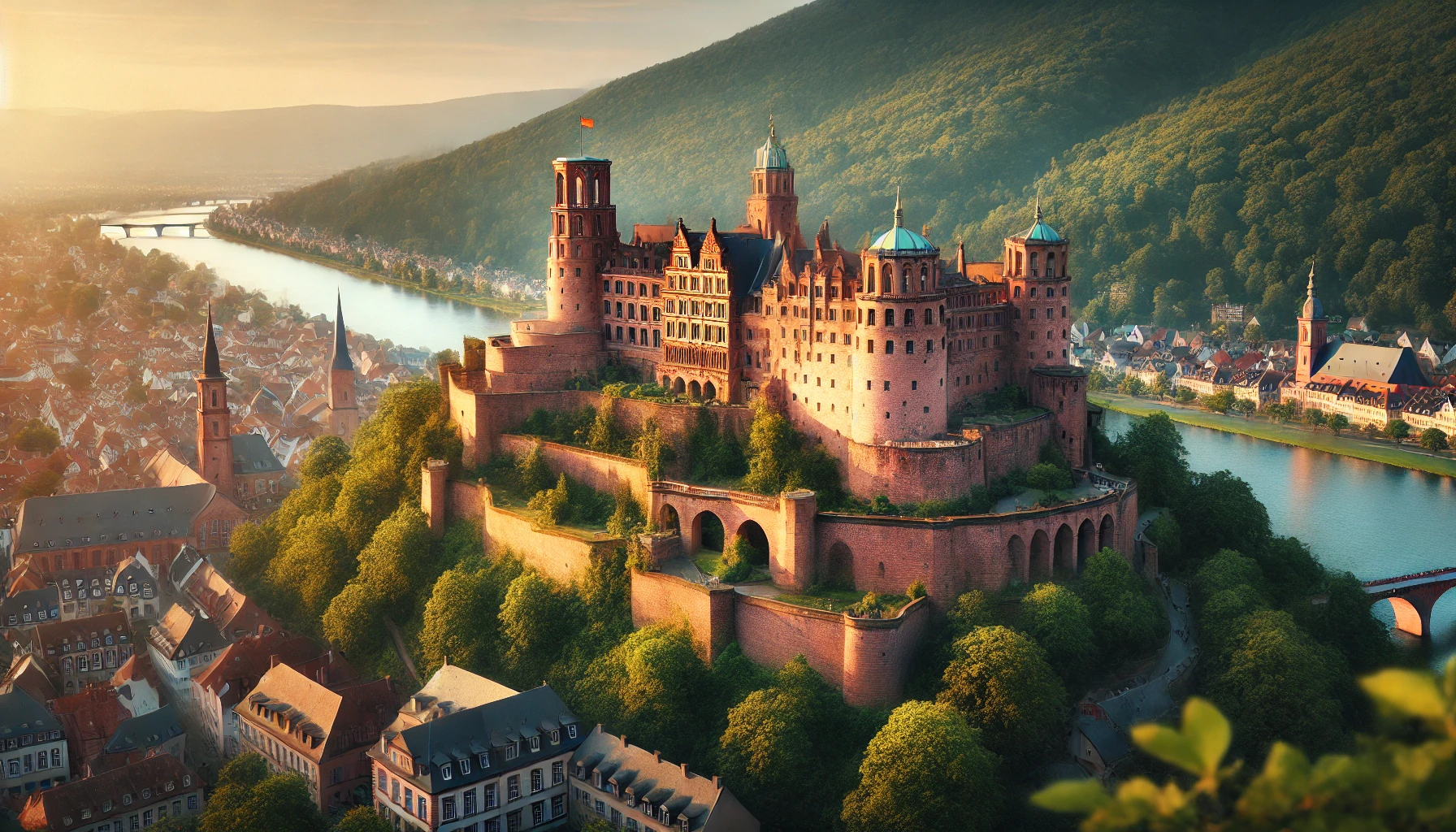
Originally built in the 13th century, Heidelberg Castle was expanded over the centuries, reflecting various architectural styles, including Gothic and Renaissance. One of the most famous features of the castle is the Heidelberg Tun, a massive wine barrel capable of holding over 220,000 liters of wine. The castle gardens, designed in the 17th century, offer a peaceful retreat with stunning views of the town and river below.
Today, Heidelberg Castle attracts visitors with its combination of history, beauty, and mystery. Visitors can explore the castle’s museum, which houses a collection of artifacts from the castle’s history, including old documents, portraits, and even apothecary jars. The yearly Heidelberg Castle Festival, featuring theatrical performances and concerts, breathes life into the ancient ruins, making the site a vibrant cultural destination.
Wartburg Castle: A UNESCO World Heritage Site of Historical Significance
Wartburg Castle, located in the Thuringian Forest, is not just one of Germany’s oldest castles but also one of its most historically significant. This UNESCO World Heritage Site dates back to the 11th century and has played a key role in shaping both German history and culture. Perhaps most famously, Wartburg Castle served as the refuge of Martin Luther, the German theologian who translated the New Testament into German during his stay here in 1521-1522.
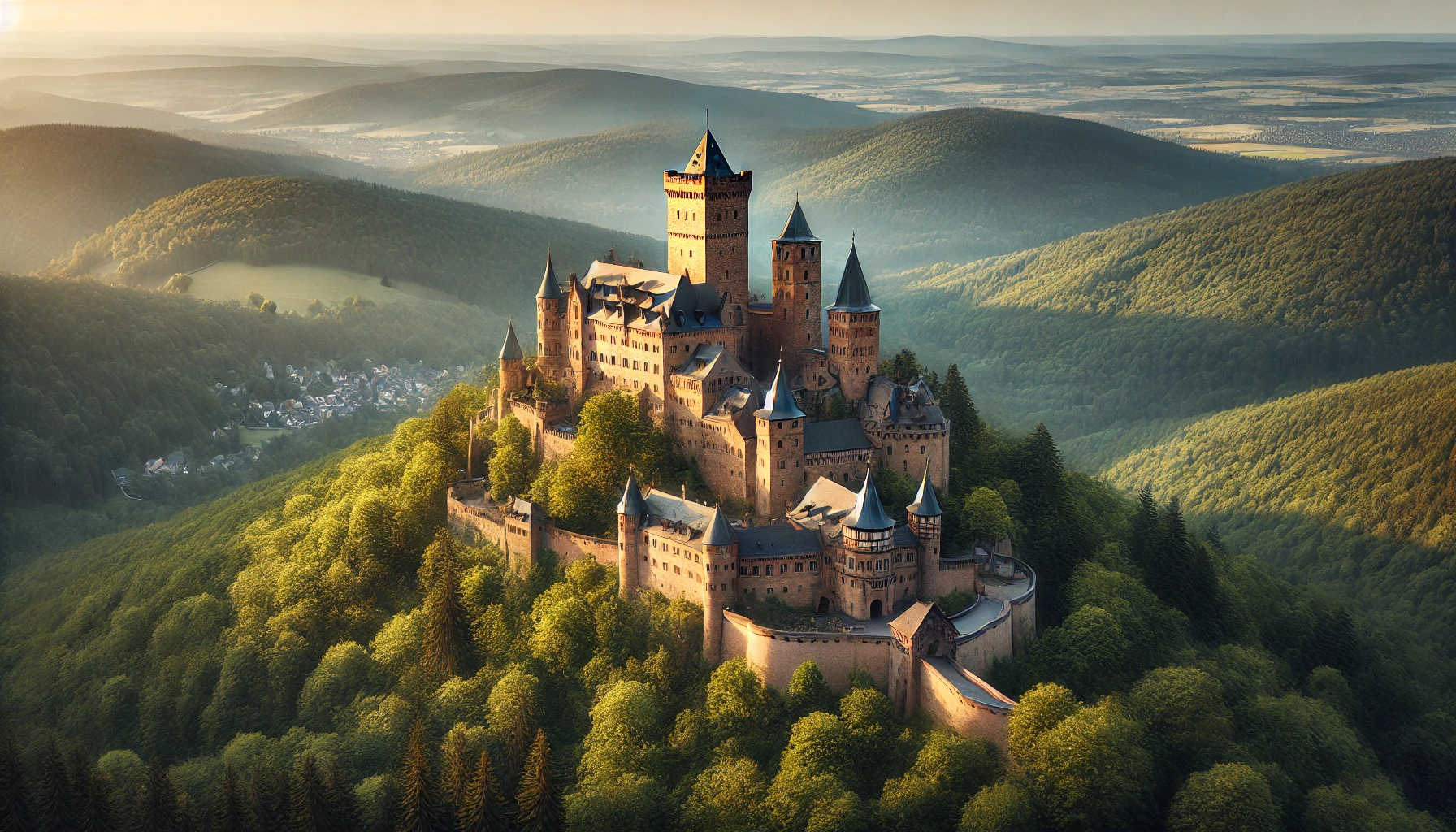
The castle’s architecture reflects its long history, with Romanesque, Gothic, and Renaissance elements blending seamlessly to create a structure that feels timeless. Inside, visitors can explore rooms that have remained largely unchanged for centuries, including Luther’s room, where he worked on his translation. Wartburg’s impressive collection of medieval art and artifacts also offers a unique insight into the cultural and religious life of the Middle Ages.
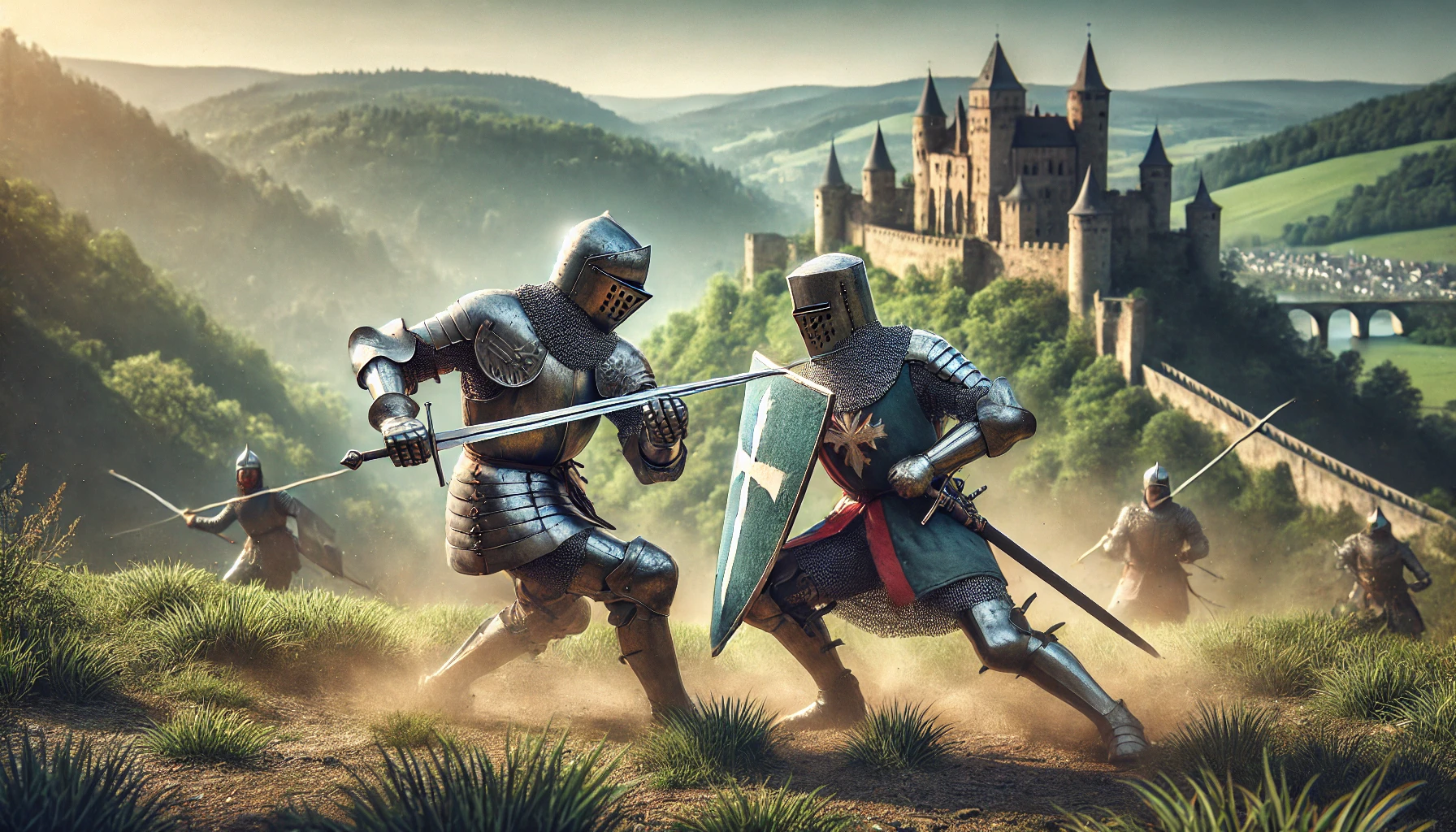
In addition to its historical significance, Wartburg Castle offers breathtaking views of the surrounding forest and valleys, making it a popular destination for both history buffs and nature lovers. The castle also hosts regular events and exhibitions, bringing to life the history and legends that surround this ancient fortress.
Burg Eltz: A Hidden Gem in the Rhineland-Palatinate
While Germany is home to many well-known castles, Burg Eltz stands out as one of the most picturesque and best-preserved medieval castles in the country. Tucked away in the hills of the Rhineland-Palatinate, Burg Eltz has remained largely intact since its construction in the 12th century. Unlike many other castles in Germany, which were damaged or destroyed during wars, Burg Eltz has survived relatively unscathed, making it a rare example of medieval architecture.
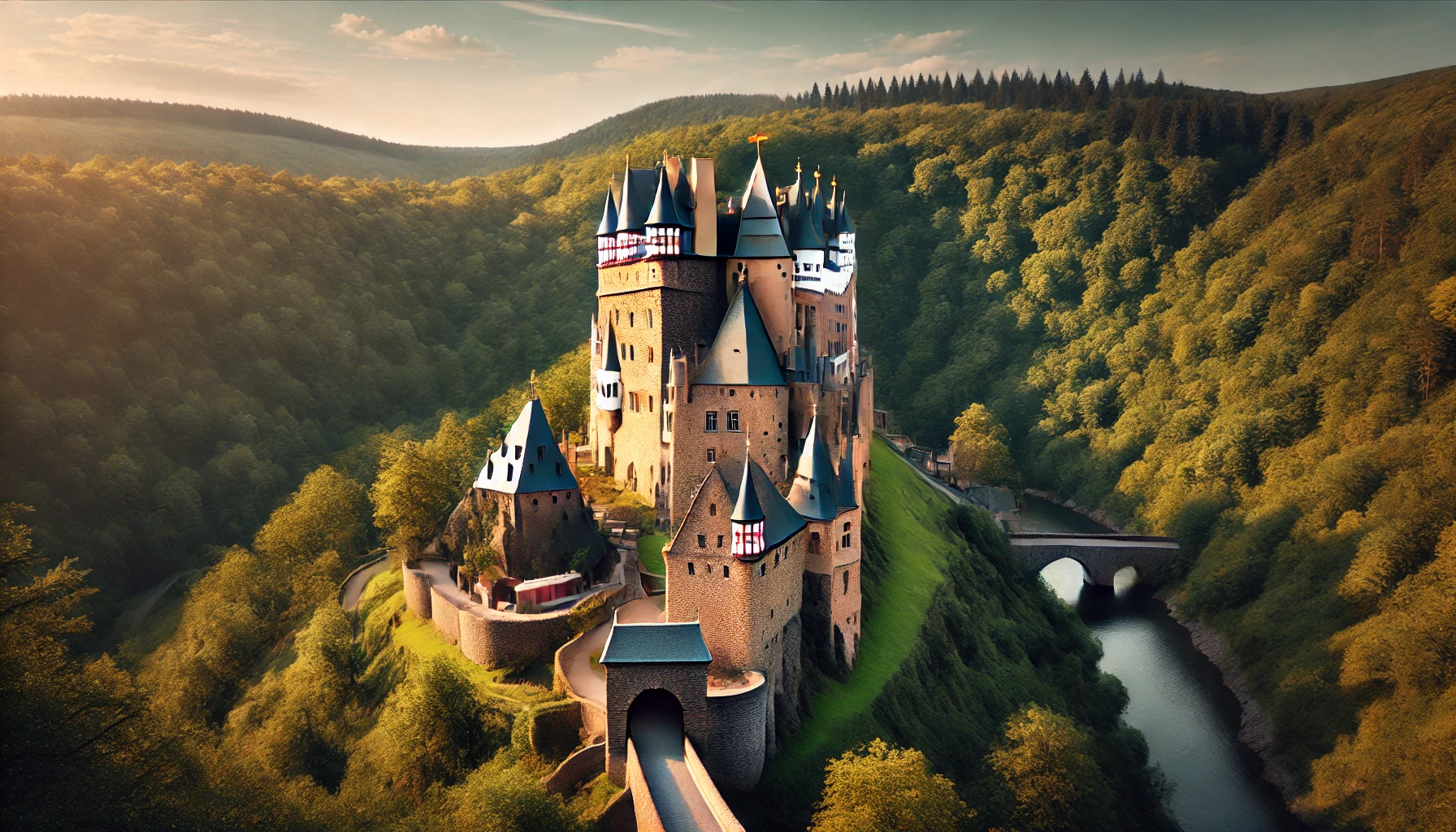
One of the most fascinating aspects of Burg Eltz is that it has been continuously owned by the same family for over 800 years, and they have worked diligently to maintain its original character. The castle’s interior is a treasure trove of historical artifacts, including medieval weapons, armor, and furniture, giving visitors a glimpse into life during the Middle Ages.
Surrounded by lush forests and situated along a hiking trail, Burg Eltz is not only a historical site but also a destination for outdoor enthusiasts. The castle is open to the public from April to November, and guided tours provide detailed insights into its history and architecture. The serene, almost fairytale-like setting of Burg Eltz makes it one of Germany’s most charming and beloved castles.
Marksburg Castle: A Fortress Above the Rhine
Located in the Upper Middle Rhine Valley, a UNESCO World Heritage Site, Marksburg Castle is the only castle on the Rhine that has never been destroyed. This fortress, built in the 12th century, offers a unique look at a medieval stronghold that has withstood the ravages of time. Marksburg Castle was built to defend against attacks from enemy forces, and its strategic location high above the Rhine River provided an ideal vantage point for spotting potential threats.
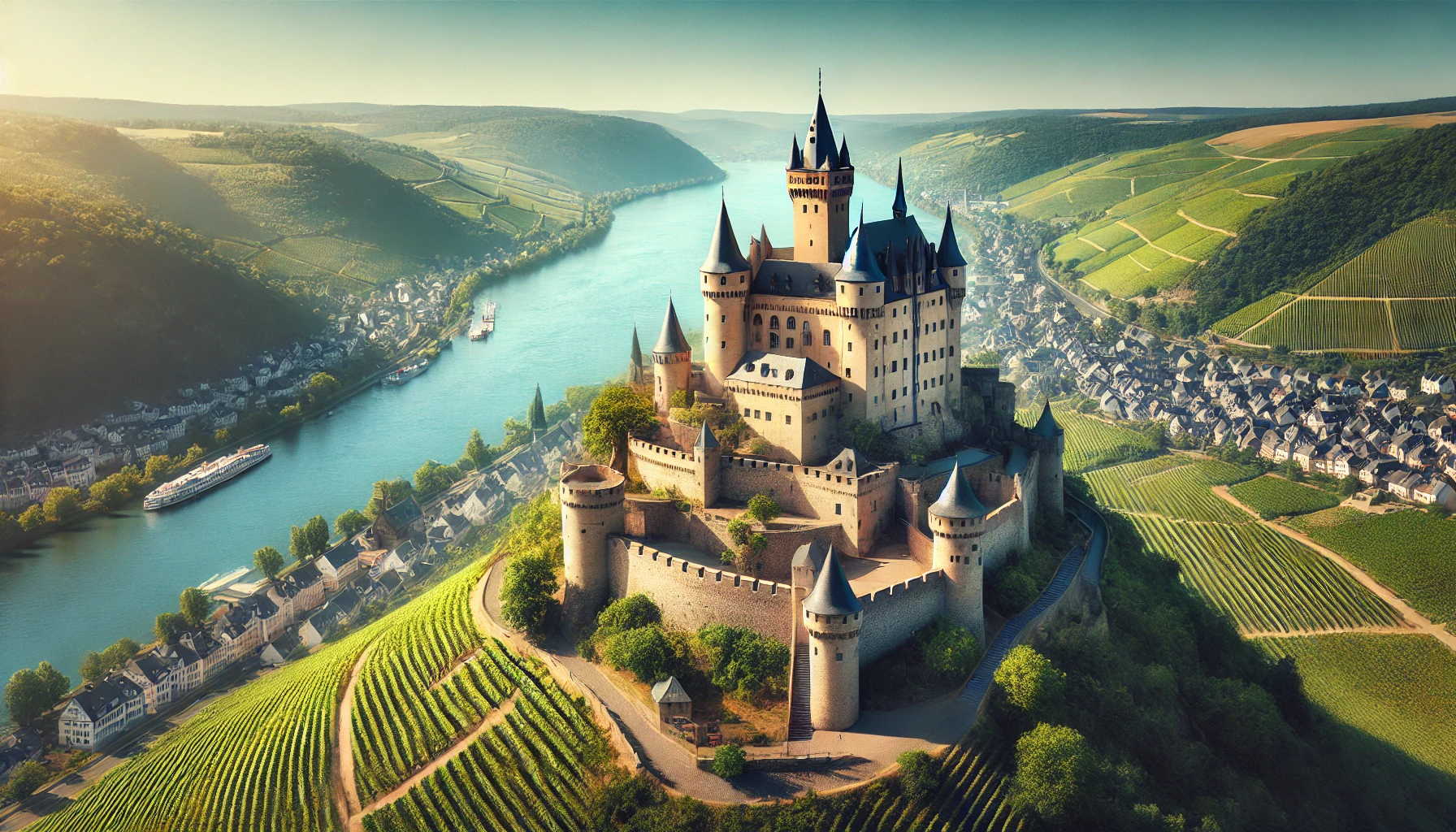
Marksburg’s well-preserved towers, walls, and interiors allow visitors to experience what life was like in a medieval castle. The castle features a fully furnished kitchen, great hall, armory, and even a chapel, all restored to reflect their original condition. Additionally, the castle’s museum offers an in-depth look at medieval weaponry and armor, making it a fascinating stop for history enthusiasts.
Visitors to Marksburg can take guided tours of the castle, which provide insights into its construction, history, and the daily life of its inhabitants. The castle’s hilltop location also offers spectacular views of the Rhine River and surrounding vineyards, making it a popular destination for photographers and nature lovers alike.
Conclusion: Exploring Germany’s Historic Castles
Germany’s castles are more than just beautiful buildings; they are windows into the past, offering a glimpse of the country’s rich history, culture, and architectural prowess. From the romantic ruins of Heidelberg Castle to the fairy-tale splendor of Neuschwanstein, each of these structures has a story to tell. Whether you are a history enthusiast, a lover of architecture, or simply looking for a picturesque backdrop for your travels, Germany’s castles provide a journey through time that is both educational and awe-inspiring.
When planning your next trip to Germany, be sure to add these incredible castles to your itinerary. Whether you explore the ancient halls of Wartburg Castle, admire the preserved medieval splendor of Burg Eltz, or marvel at the beauty of Hohenzollern Castle, the experience of visiting these majestic structures will leave you with memories that last a lifetime. Let the majestic world of historic castles in Germany be your gateway to a time of knights, kings, and untold legends.




